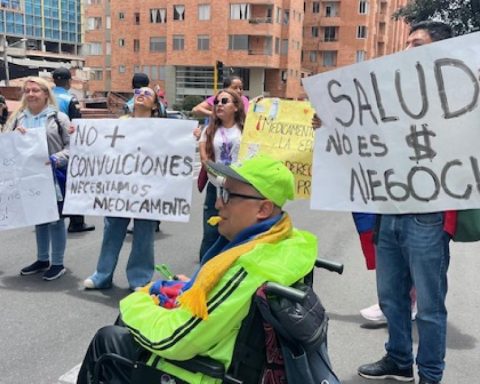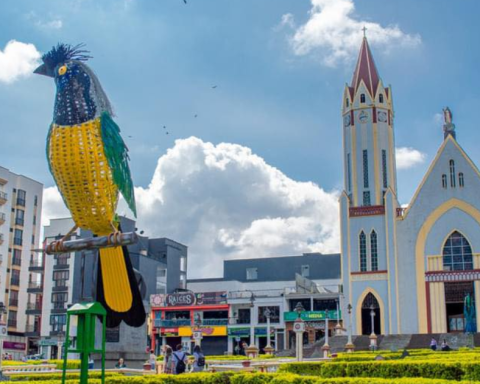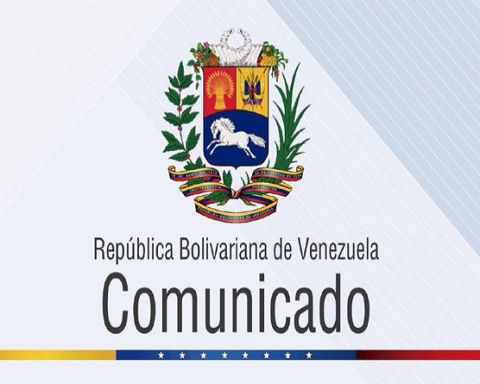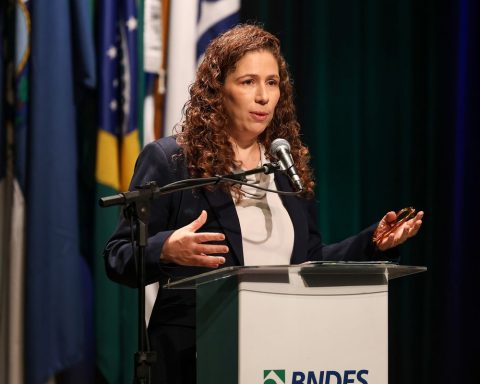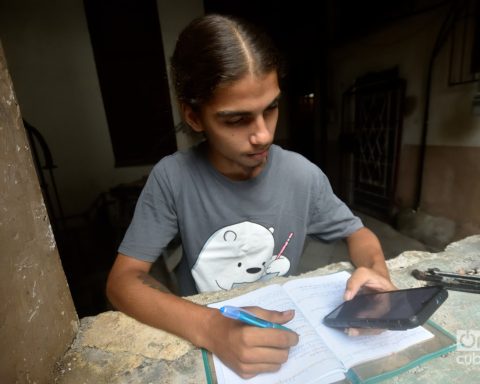The indigenous languages of Colombia are the result of millennia of history and cultural evolution.
News Colombia.
Colombia is a country rich in cultural and linguistic diversity, home to an impressive total of 70 indigenous languages. This linguistic spectrum not only reflects the country’s rich history, but also the identity and resilience of its indigenous peoples.Below, we explore where these languages are spoken, who speaks them, and how they came to be.
Where are they spoken?
The indigenous languages of Colombia are distributed throughout the national territory, with a greater concentration in regions such as the Amazon, the Sierra Nevada de Santa Marta, the Andes and the Pacific region. Each of these geographical areas is home to different ethnic groups that keep their ancestral language alive.
Who speaks them?
Indigenous languages are spoken by diverse communities that have inhabited Colombia since time immemorial. Some of the most representative communities include:
- WayuuThey live on the La Guajira peninsula and their language is Wayuunaiki.
- Pot: They live mainly in the department of Cauca and speak Nasa Yuwe.
- EmberaDistributed in Chocó, Risaralda and Antioquia, their language is Emberá.
- KogiLocated in the Sierra Nevada of Santa Marta, they speak Kogi.
In addition to these, there are many other communities such as the Arhuacos, the Guambianos and the Tikunaseach with its own language.
How were they born?
The indigenous languages of Colombia are the result of millennia of history and cultural evolution. Each language has emerged and developed from the interactions of its speakers with their environment, social practices, beliefs and ways of life. These languages belong to various language families, some of which include:
- Arawak: Which includes languages such as Wayuunaiki.
- Chibcha: Where we find languages such as Muisca (now extinct) and Kogi.
- Toucan: With languages such as Cubeo, spoken in the Amazon region.
The survival of these languages over the centuries has been a testament to cultural resilience in the face of colonization and globalization.
The Importance of Preserving Them
Each of these is an intangible heritage that offers a unique window into the knowledge, worldviews and traditions of indigenous peoples.
The loss of a way of communicating also means the loss of an invaluable part of human culture and history.It is therefore vital to support language revitalization and bilingual education initiatives in indigenous communities to ensure that these languages live on and are passed on to future generations.
In conclusion, The 70 indigenous languages of Colombia are a reflection of the rich diversity cultural of the countryKnowing and appreciating these languages not only enriches our understanding of the world, but also honors the heritage of indigenous peoples who continue to speak, sing and dream in their ancestral ways.





